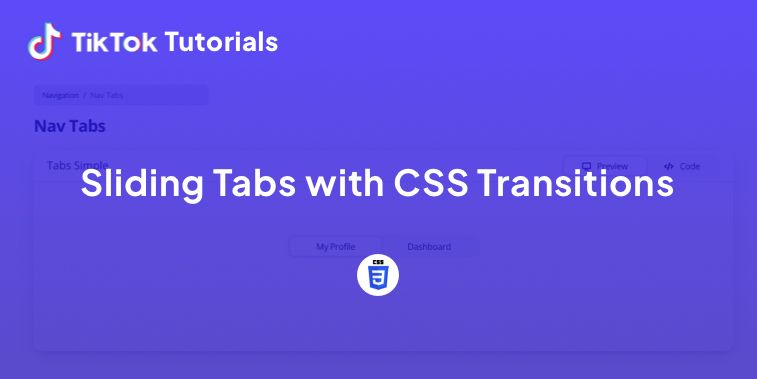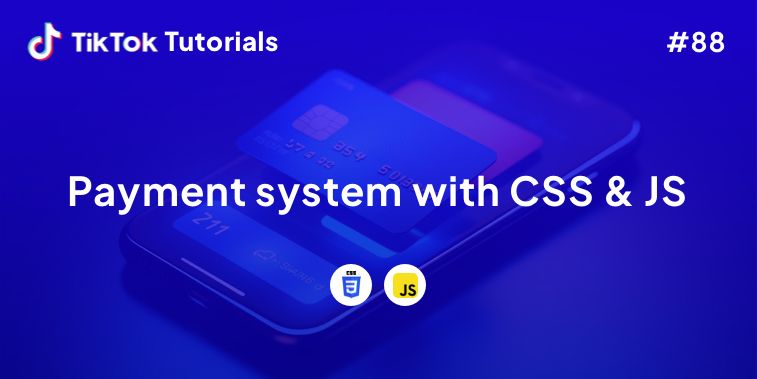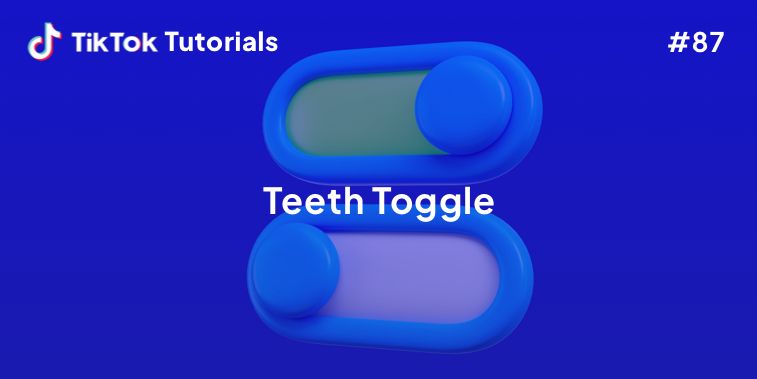Learn with us how to create sliding tabs with CSS transitions!
If you found us on TikTok on the following post, check out this article and copy-paste the full code!
Happy coding! 😻
@creative.tim Check the link in bio for the full code 🤩 #programmingexercises #csscoding #webdev #cssprojects ♬ original sound - Creative Tim
1. HTML Code
<div class="container">
<div class="tabs">
<input type="radio" id="radio-1" name="tabs" checked />
<label class="tab" for="radio-1">Upcoming<span class="notification">2</span></label>
<input type="radio" id="radio-2" name="tabs" />
<label class="tab" for="radio-2">Development</label>
<input type="radio" id="radio-3" name="tabs" />
<label class="tab" for="radio-3">Completed</label>
<span class="glider"></span>
</div>
</div>
2. CSS Code
@import url("https://fonts.googleapis.com/css2?family=Inter:wght@400;500;600&display=swap");
:root {
--primary-color: #e98a15;
--secondary-color: rgba(216, 180, 160, 30%);
}
*,
*:after,
*:before {
box-sizing: border-box;
}
body {
font-family: "Inter", sans-serif;
background-color: rgba(#e6eef9, 0.5);
}
.container {
position: absolute;
left: 0;
top: 0;
right: 0;
bottom: 0;
display: flex;
align-items: center;
justify-content: center;
}
.tabs {
display: flex;
position: relative;
background-color: #fff;
box-shadow: 0 0 1px 0 rgba(#185ee0, 0.15), 0 6px 12px 0 rgba(#185ee0, 0.15);
padding: 0.75rem;
border-radius: 99px; // just a high number to create pill effect
* {
z-index: 2;
}
}
input[type="radio"] {
display: none;
}
.tab {
display: flex;
align-items: center;
justify-content: center;
height: 54px;
width: 200px;
font-size: 1.25rem;
font-weight: 500;
border-radius: 99px; // just a high number to create pill effect
cursor: pointer;
transition: color 0.15s ease-in;
}
.notification {
display: flex;
align-items: center;
justify-content: center;
width: 2rem;
height: 2rem;
margin-left: 0.75rem;
border-radius: 50%;
background-color: var(--secondary-color);
transition: 0.15s ease-in;
}
input[type="radio"] {
&:checked {
& + label {
color: var(--primary-color);
& > .notification {
background-color: var(--primary-color);
color: #fff;
}
}
}
}
input[id="radio-1"] {
&:checked {
& ~ .glider {
transform: translateX(0);
}
}
}
input[id="radio-2"] {
&:checked {
& ~ .glider {
transform: translateX(100%);
}
}
}
input[id="radio-3"] {
&:checked {
& ~ .glider {
transform: translateX(200%);
}
}
}
.glider {
position: absolute;
display: flex;
height: 54px;
width: 200px;
background-color: var(--secondary-color);
z-index: 1;
border-radius: 99px; // just a high number to create pill effect
transition: 0.25s ease-out;
}
@media (max-width: 700px) {
.tabs {
transform: scale(0.6);
}
}
3. Javascript Code
document.querySelectorAll('.button').forEach(button => button.addEventListener('click', e => {
if(!button.classList.contains('delete')) {
button.classList.add('delete');
setTimeout(() => button.classList.remove('delete'), 3200);
}
e.preventDefault();
}));
I hope you did find this tutorial useful!
For more web development or UI/UX design tutorials, follow us on:
Other useful resources:





